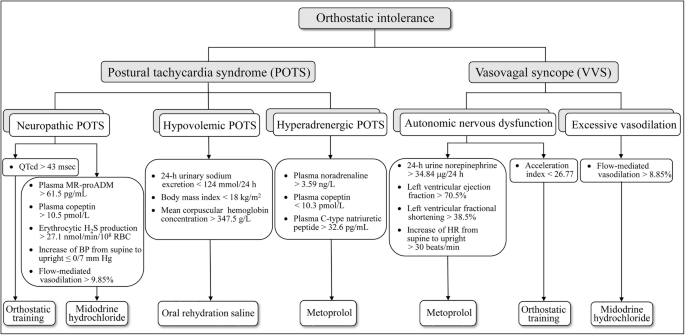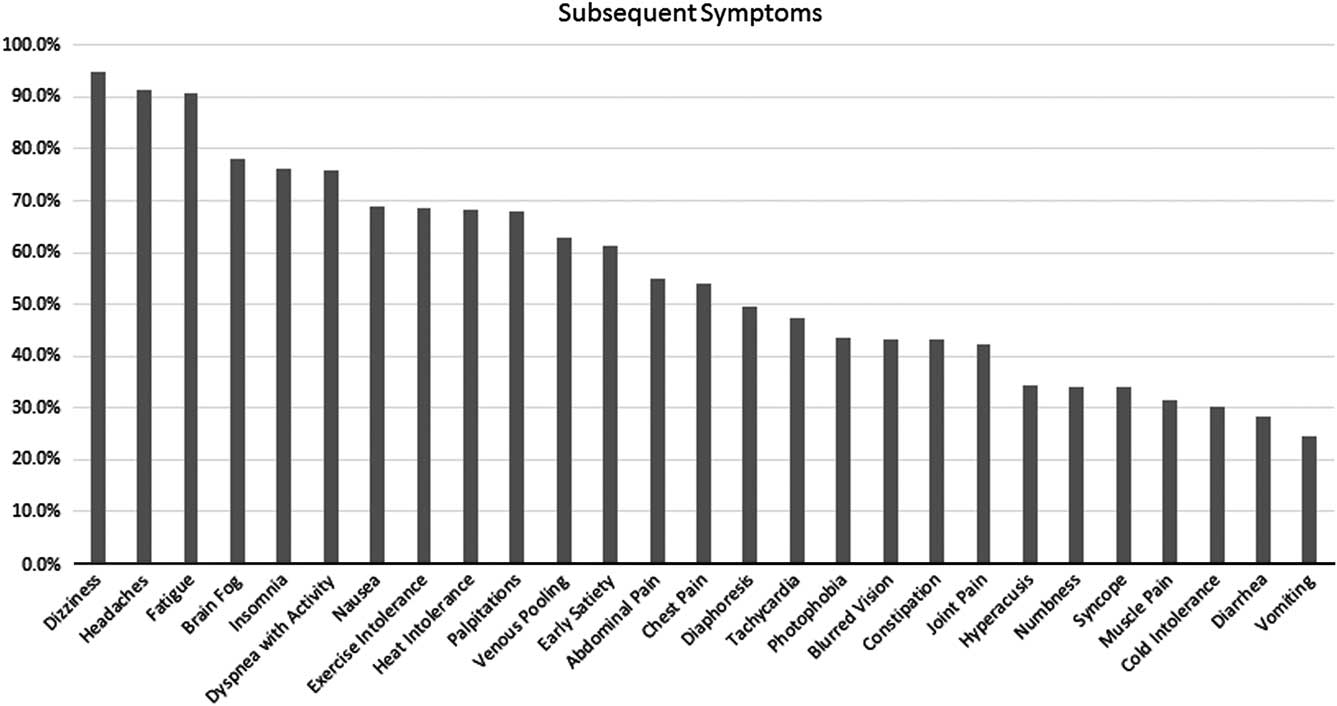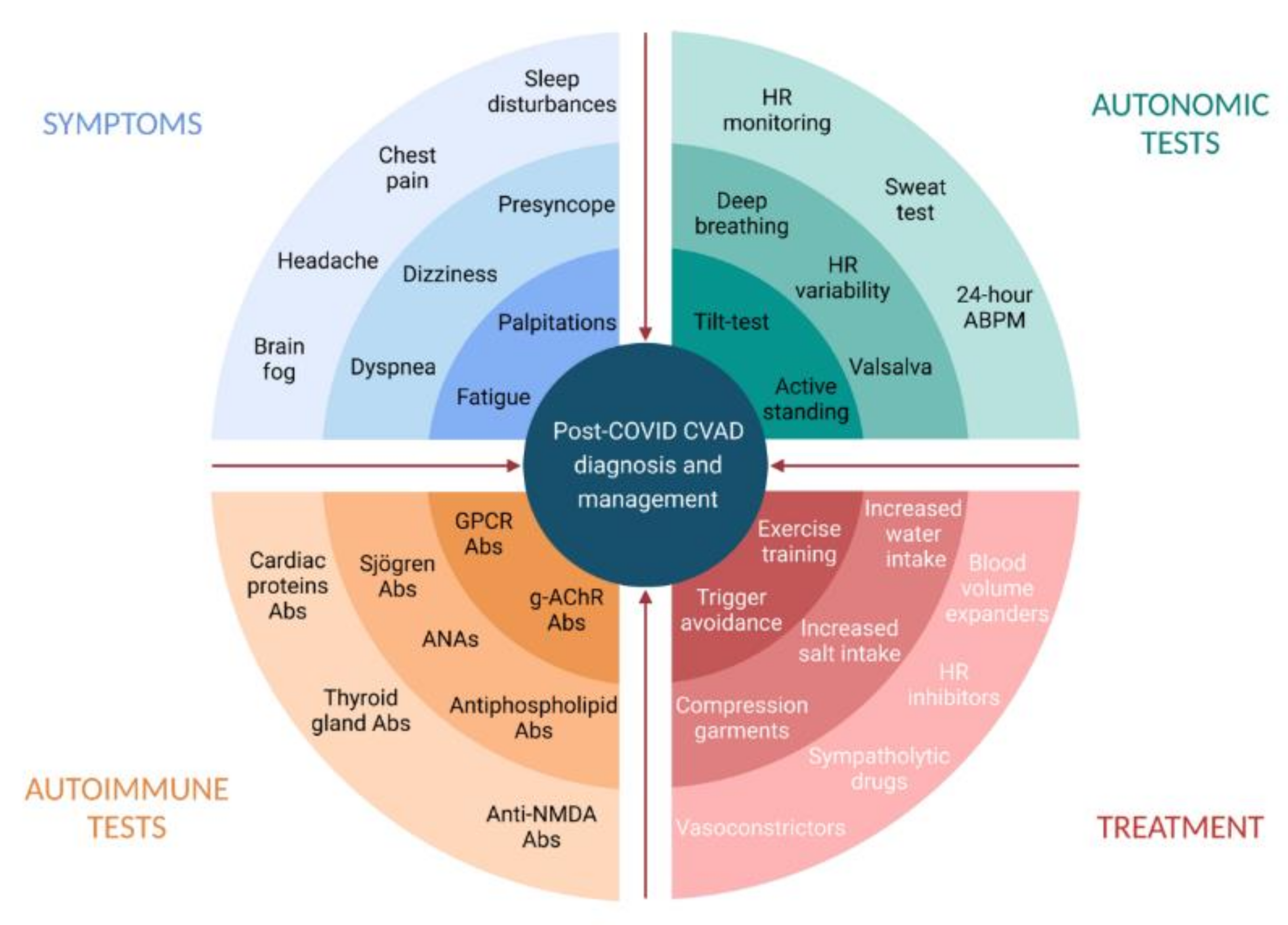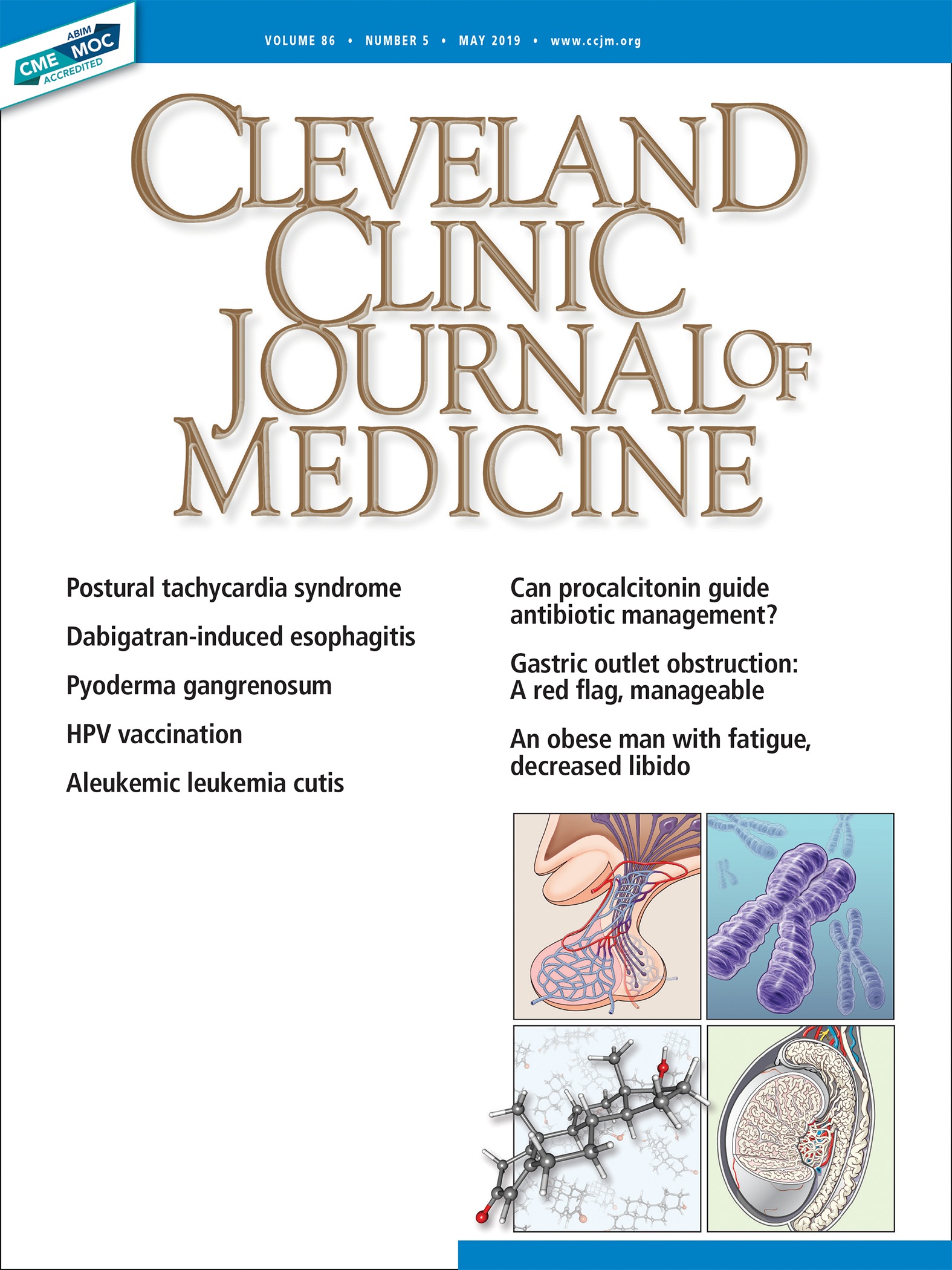Update of Individualized Treatment Strategies for Postural Orthostatic Tachycardia Syndrome in Children
$ 11.99 · 4.8 (670) · In stock

Individualized management strategies based on different subtypes of POTS would largely improve the curative effects of drugs for children with POTS, and further clinical investigation is still required to better understand the pathophysiology and treatment options. Postural orthostatic tachycardia syndrome (POTS) is a heterogeneous disease that predominantly affects children and adolescents. There is a great difference between children and adults in the diagnosis and treatment of POTS patients. POTS in children and adolescents is marked by chronic symptoms of orthostatic intolerance with a heart rate (HR) rise of ≥40 bpm, or heart rate exceeding 130 bpm for 6–12-years-old children and exceeding 125 bpm for those 13–18 years old without orthostatic hypotension, which is different from adult patients. The three major clinical forms of POTS include hypovolemic POTS, neuropathic POTS, and hyperadrenergic POTS; these are distinguished by their major mechanisms. The different subtypes of POTS in children and adolescents each have their own clinical characteristics and biomarkers. Based on these, we propose individualized treatment strategies. Individualized management strategies based on different subtypes of POTS would largely improve the curative effects of drugs for children with POTS. However, a further clinical investigation is still required to better understand the pathophysiology and treatment options.

Management of orthostatic intolerance in children: the state of

The 3 Ws of Postural Orthostatic Tachycardia Syndrome (POTS)
Relationship between plasma Hcy levels and symptom scores. Plasma

POTS Symptoms: Subtypes, Causes, Diagnosis

Establishment and validation of a multivariate predictive model

Dysautonomia: Causes, Symptoms, Treatment, and Living With This

Demographics of a large paediatric Postural Orthostatic

Tilt table test data of ME/CFS participants and healthy controls

JCDD, Free Full-Text

Evaluating and managing postural tachycardia syndrome